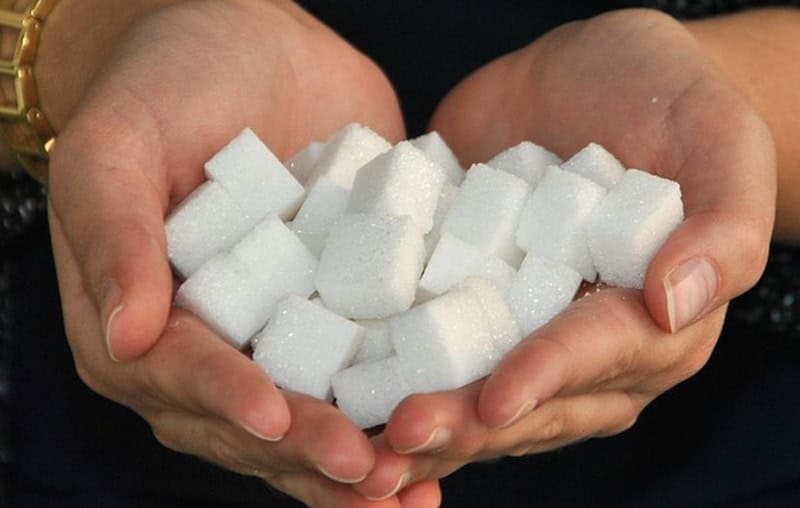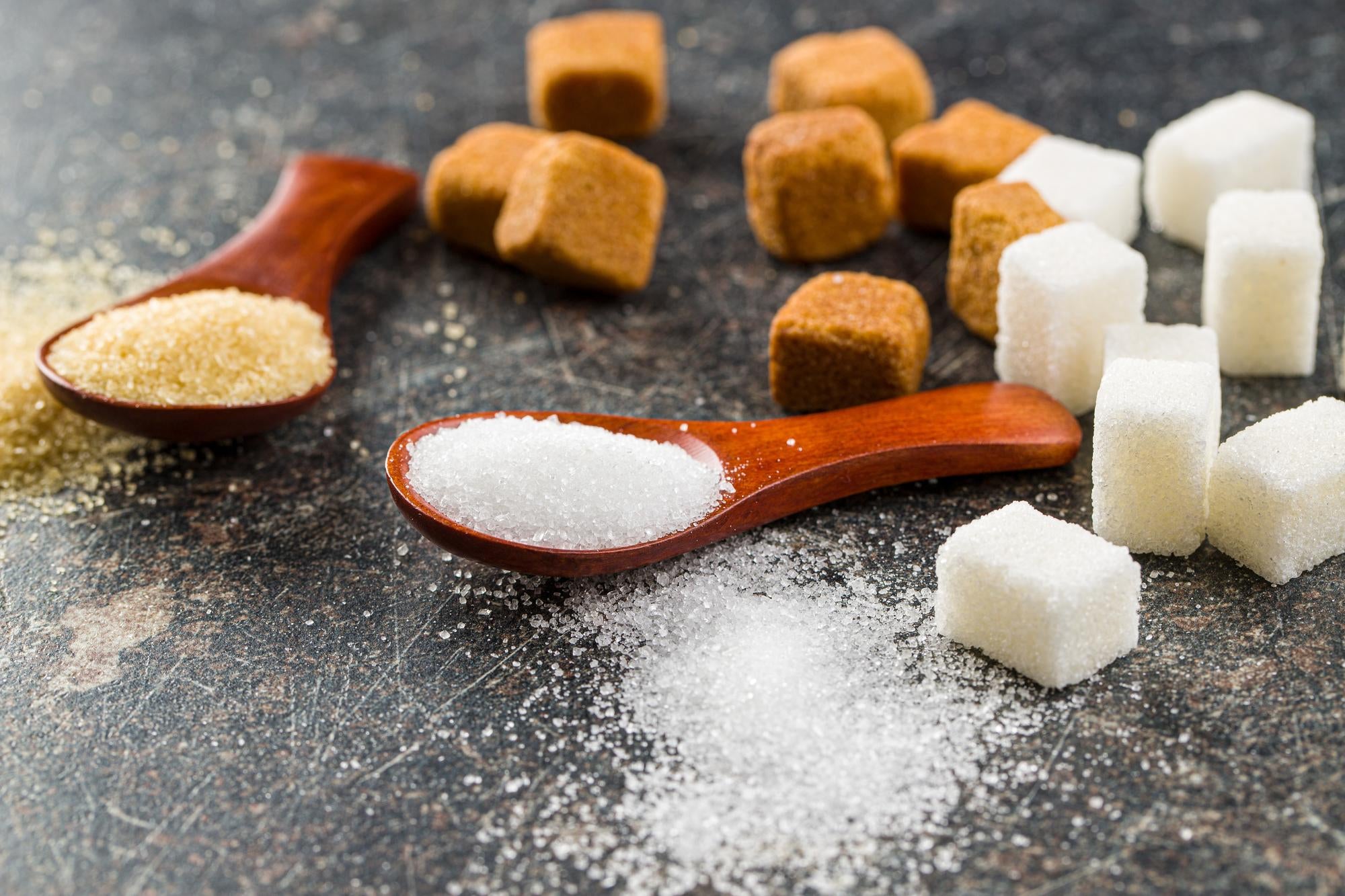Discover the Uses and Advantages of Beet Sugar Vs Cane Sugar in Your Daily Diet
Checking out the unique high qualities of beet and cane sugar discloses more than just their sweetening capacities; it highlights their special impacts on health and cookeries. Beet sugar, understood for its subtle flavor, is typically preferred in delicate treats, whereas cane sugar, with its hint of molasses, includes splendor to robust dishes. Each kind holds its own dietary account and glycemic implications, welcoming a deeper understanding of their roles in a well balanced diet plan and lasting intake practices.
Origin and Manufacturing Processes of Beet and Cane Sugar

The distinct environments and dirt kinds required for expanding sugar beetroots and sugarcane add to distinctions in their growing practices and geographical circulation, affecting the economics and sustainability of their manufacturing. beet sugar vs cane sugar.
Nutritional Comparison Between Beet Sugar and Cane Sugar
Regardless of stemming from different plants, beet sugar and cane sugar are nutritionally extremely similar, both mainly consisting of sucrose. Each offers concerning 4 calories per gram, converting to about 16 calories per tsp. Structurally, both sugars are composed of roughly 99.95% sucrose, with very little quantities of other compounds like moisture and trace minerals, which do not dramatically change their dietary profiles.

Eventually, when picking between beet sugar and cane sugar based upon nutritional content alone, both offer identical benefits and downsides as they are essentially types of the exact same molecule-- sucrose, providing quick power without various other nutrients.
Influence On Wellness: Glycemic Index and Caloric Content
Discovering further right into the results of beet sugar and cane sugar on health, it is essential to consider their glycemic index and caloric web content. Both sugars are identified as sucrose, which includes sugar and look at this now fructose. This structure leads them to have a comparable influence on blood sugar levels. The glycemic index (GI) of both beet and cane sugar is around 65, categorizing them as high-GI foods, which can create fast spikes in blood sugar levels. This is an important aspect for individuals handling diabetic issues or those attempting to maintain their power degrees throughout the day.
Each kind of sugar has about 4 calories per gram, making their caloric material equivalent. For those checking caloric consumption, specifically when handling weight or metabolic health conditions, understanding this equivalence is essential (beet sugar vs cane sugar). Nonetheless, extreme usage of any kind of high-calorie, high-GI food can add to health concerns such as obesity, cardiovascular disease, and insulin resistance.
Environmental and Economic Considerations of Sugar Manufacturing
Beyond wellness influences, the manufacturing of beet and cane sugar also raises significant environmental and financial concerns. Sugar beet cultivation tends to need cooler climates and has a lower geographical impact contrasted to sugar cane, which thrives in exotic regions.
Additionally, the use of pesticides and plant foods in both beet and cane sugar growing can lead to more helpful hints dirt destruction and contamination, additional affecting biodiversity and neighborhood water bodies (beet sugar vs cane sugar). The choice in between growing sugar beet or cane often depends upon local ecological conditions and economic aspects, making the sustainability of sugar manufacturing an intricate concern
Culinary Applications and Taste Distinctions
While the environmental and economic elements of sugar production are without a doubt considerable, the choice in between beet and cane sugar also influences cooking applications and flavor profiles. Beet sugar, acquired from the sugar beet plant, is known for its incredibly neutral preference.
Walking stick sugar, extracted from sugarcane, commonly keeps molasses traces, which pass on a distinct richness and deepness. This slight molasses taste enhances the intricacy of baked items, sauces, click this and marinades. It is specifically favored in products where a caramel undertone is desired, such as in brownies or gingerbread. Furthermore, the minor variation in wetness material between beet and cane sugar can affect the appearance and uniformity of recipes, making cane sugar a preferred option for certain dishes that take advantage of its unique residential properties.

Conclusion
Finally, both beet and cane sugar have distinct beginnings and production procedures, offering similar nutritional profiles with slight distinctions in salt material and taste. While their influence on health, specifically concerning glycemic index and calories, is similar, the selection in between them usually steams down to ecological, economic elements, and details culinary needs. Understanding these elements can guide consumers in making informed choices that line up with their health and wellness goals and taste choices.